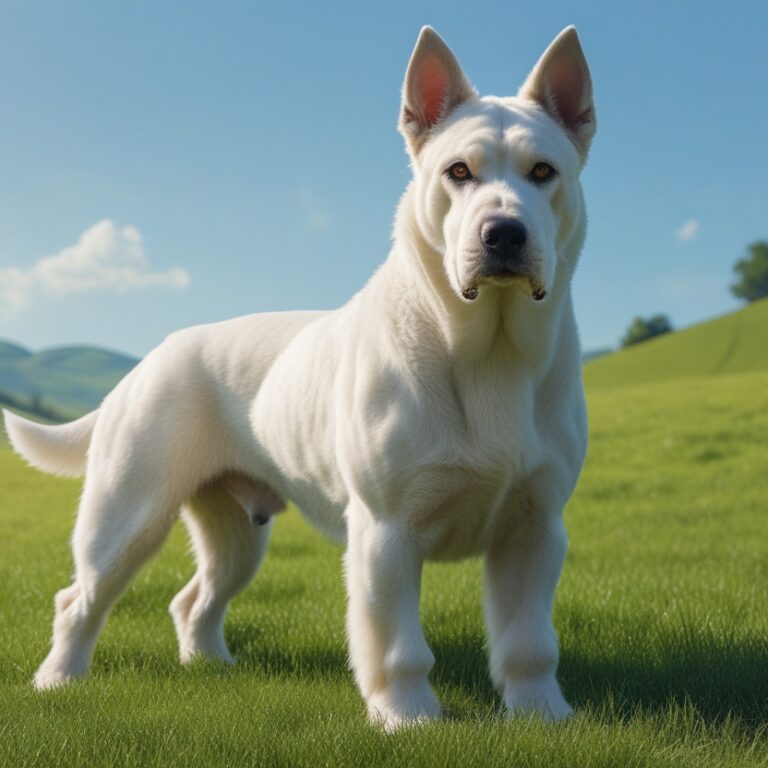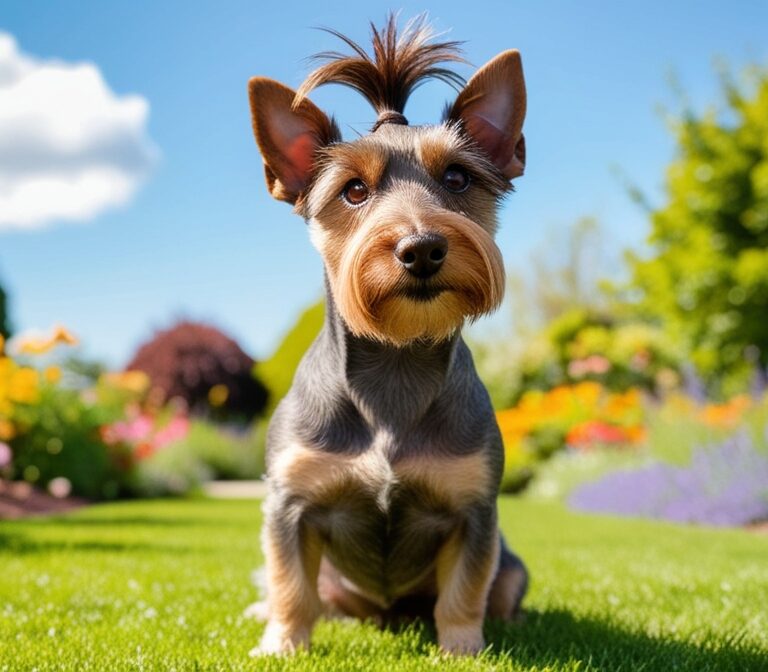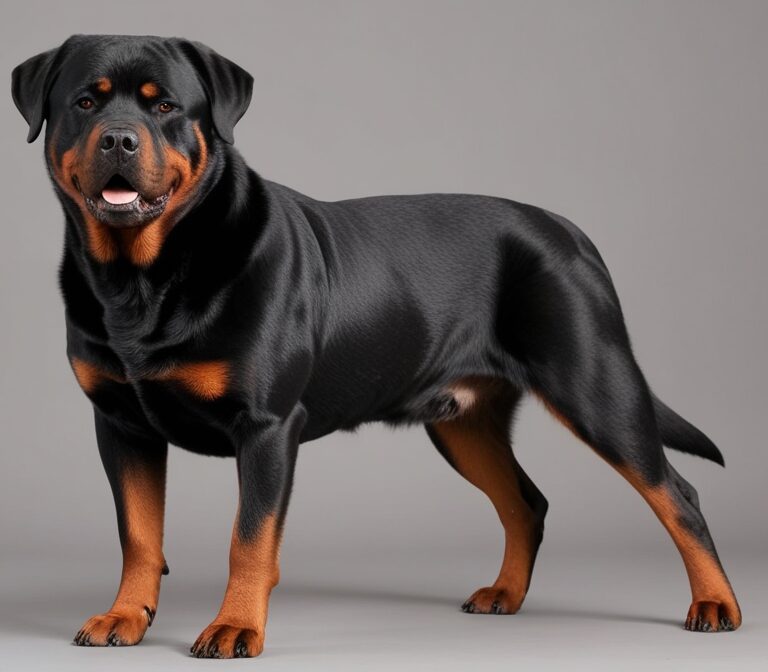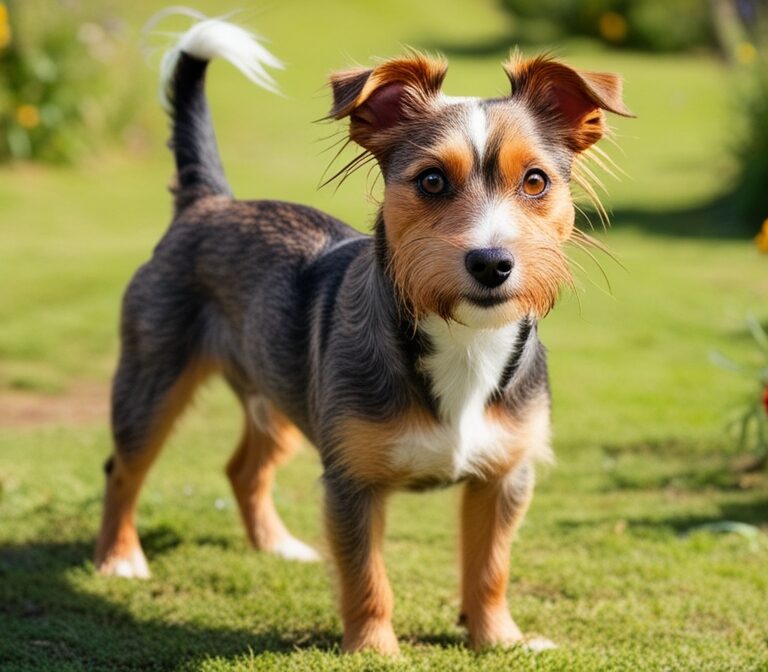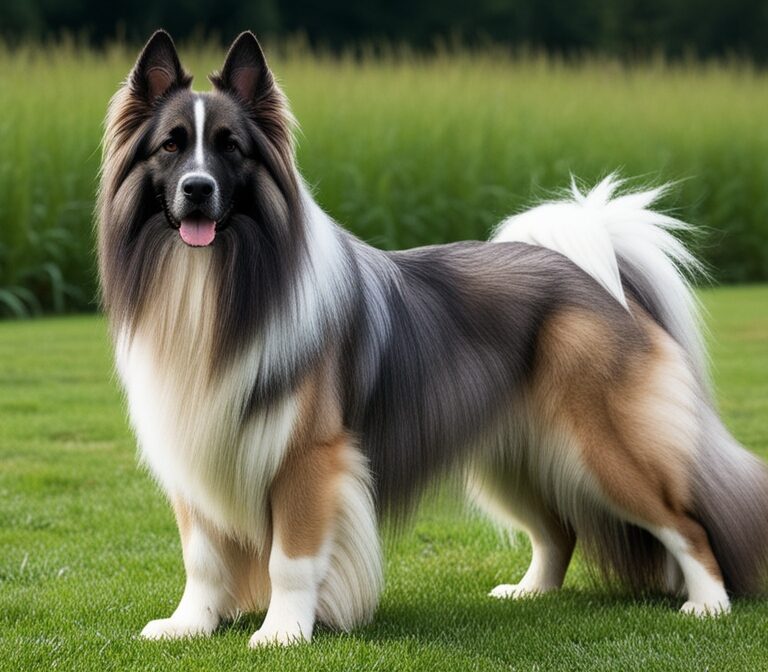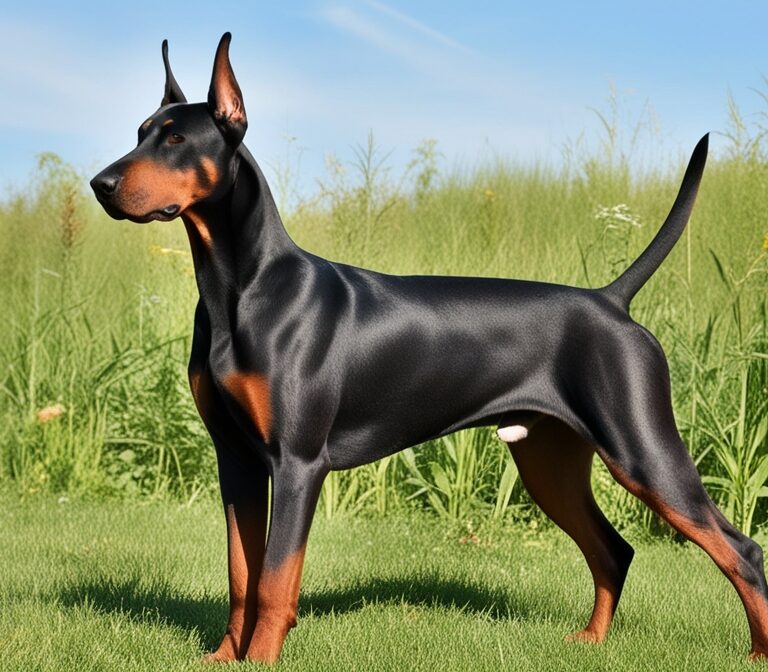Cane Corso Dog Breed Guide: History, Traits, Care & Ownership
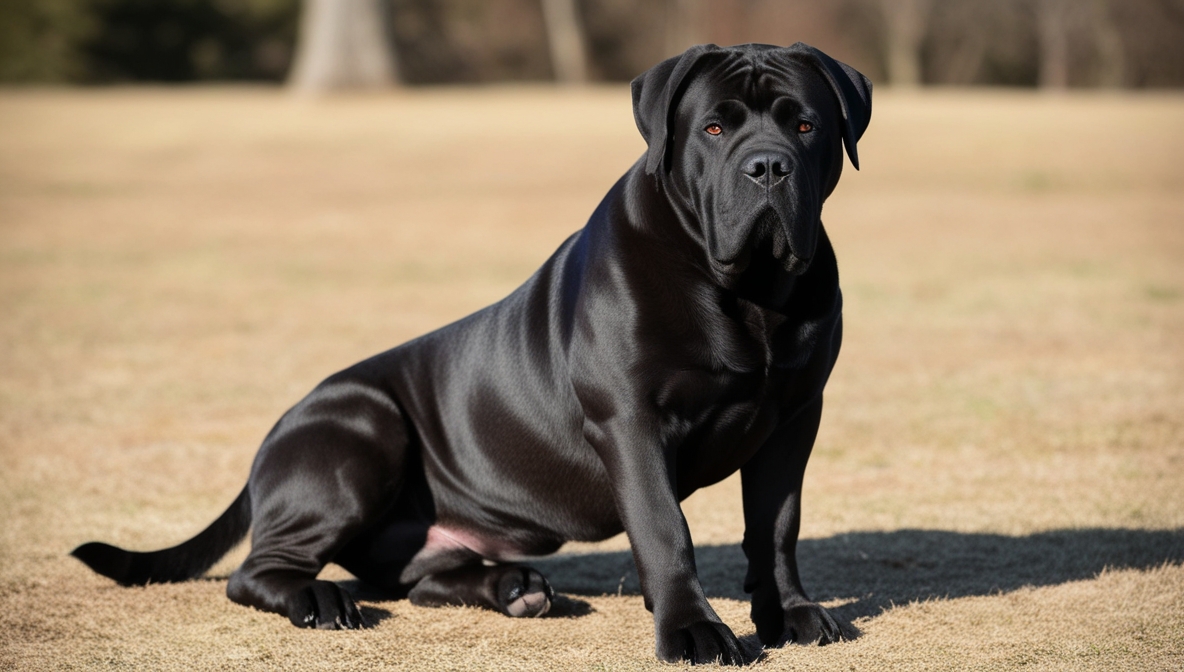
Introduction to Cane Corso
The Cane Corso, often referred to as the Italian Mastiff, is a large, muscular dog breed that originated in Italy. Known for its intelligence, loyalty, and protective instincts, the Cane Corso has become increasingly popular worldwide as both a family guardian and a working dog. Its imposing appearance, combined with a steady temperament, makes it one of the most sought-after breeds for people seeking both companionship and protection.
Belonging to the Molosser group, the Cane Corso is a descendant of ancient Roman war dogs. Over time, it evolved into a versatile farm dog used for guarding livestock, hunting wild boar, and protecting property. Unlike many other mastiff-type dogs, the Cane Corso is known for being athletic, energetic, and highly trainable. These traits make the breed more adaptable to modern households, provided they receive proper training, socialization, and exercise.
Today, the Cane Corso is recognized by major organizations like the American Kennel Club (AKC) and the Fédération Cynologique Internationale (FCI). Its rising popularity can be attributed to its reputation as a devoted family protector that combines strength with stability. However, ownership of this breed requires responsibility, knowledge, and commitment, as their guardian instincts can turn problematic without proper guidance.
In this comprehensive guide, we’ll explore everything about the Cane Corso — its origin, temperament, physical traits, training needs, health considerations, and ownership costs. By the end, you’ll have a clear understanding of whether this breed is the right choice for your family or lifestyle.
Origin and History of Cane Corso
The Cane Corso Italiano traces its roots back to ancient Rome, where it descended from the Canis Pugnax, a Roman war dog. These powerful dogs marched alongside Roman legions, used in battlefields to break enemy lines and protect soldiers. After the fall of Rome, the Cane Corso transitioned from being a warrior companion to serving as a farm guardian in rural Italy.
In the Italian countryside, the Cane Corso became a versatile working dog, guarding livestock, protecting farms, and even helping hunt large game such as wild boar. The name itself comes from Latin: Cane (dog) and Cohors (guardian or protector), which translates to “guardian dog”. This historical role highlights the breed’s protective instincts and working capabilities, traits still seen today.
By the mid-20th century, the breed nearly faced extinction due to changes in Italian agriculture and the decline of traditional farm roles. Fortunately, in the 1970s, dedicated Italian breeders revived the Cane Corso through careful breeding programs, saving it from disappearing. In 1996, the FCI recognized the breed, and by 2010, the AKC granted full recognition in the working group.
The Cane Corso’s history gives valuable insight into its modern temperament: a blend of courage, independence, and family devotion. Understanding its origins helps potential owners appreciate why this breed thrives when given a job, structure, and leadership. Without those, its natural instincts can lead to challenges, reinforcing why responsible ownership is critical.
Breed Classification and Recognition
The Cane Corso belongs to the Mastiff-type Molosser family, a group that includes other large breeds like the Neapolitan Mastiff, Bullmastiff, and Presa Canario. Within this classification, the Cane Corso stands out as a working dog known for agility and endurance, unlike heavier mastiffs that tend to be more sedentary.
Several major kennel clubs officially recognize the breed:
- American Kennel Club (AKC): Classified in the Working Group since 2010.
- Fédération Cynologique Internationale (FCI): Recognized under Group 2, Section 2 – Molossoid breeds.
- United Kennel Club (UKC): Included in the Guardian Dog Group.
The breed standard emphasizes a muscular build, rectangular body, and powerful head structure. Males typically range between 25–27.5 inches in height and 100–110 pounds in weight, while females are slightly smaller at 23.5–26 inches and 88–100 pounds. Their appearance exudes strength and confidence, key features that tie back to their classification as a guardian breed.
Because of their strong guardian instincts, some countries classify the Cane Corso under restricted or regulated breeds. For example, in certain states and municipalities, ownership requires permits, training certifications, or additional liability insurance. This highlights the importance of checking local laws and regulations before acquiring a Cane Corso.
Recognition across global kennel clubs has also standardized breeding practices, ensuring health, temperament, and conformity to breed standards. This recognition protects the Cane Corso from poor breeding practices while supporting its role as a companion and working guardian worldwide.
Physical Characteristics of Cane Corso
The Cane Corso is a large, muscular, and athletic dog breed with a commanding presence that instantly reflects its role as a guardian and protector. Unlike heavier mastiffs, which can appear bulky and sluggish, the Cane Corso maintains a sleek yet powerful physique, allowing it to combine strength, agility, and endurance.
Size and Build
Males typically weigh between 100–110 pounds (45–50 kg) and stand 25–27.5 inches (64–70 cm) tall at the shoulder. Females are slightly smaller, weighing 88–100 pounds (40–45 kg) with a height range of 23.5–26 inches (60–66 cm). The body is rectangular-shaped, meaning the length is slightly greater than the height, giving the dog a balanced, athletic look.
Head and Face
One of the most distinctive features of the Cane Corso is its large, square-shaped head. The broad skull, pronounced jawline, and strong muzzle contribute to its Molosser-type appearance. Traditionally, Cane Corso dogs had cropped ears and docked tails, though this practice is now restricted in many countries due to animal welfare laws. Even without cropping, their alert, expressive eyes communicate confidence and intelligence.
Coat and Colors
The Cane Corso has a short, dense coat that lies close to the body. This low-maintenance coat requires minimal grooming but provides good protection against outdoor conditions. Accepted coat colors include:
- Black (most common and iconic)
- Fawn (ranging from light cream to deep tan)
- Gray (blue)
- Brindle (black or gray striping)
- Chestnut
White patches on the chest, throat, or feet are permitted under most breed standards.
Appearance Summary
The combination of muscular build, athletic posture, and intense gaze makes the Cane Corso one of the most visually impressive mastiff breeds. Its physical traits are not only aesthetic but also functional, supporting its roles as a guardian, hunter, and working dog.
Temperament and Personality Traits
The Cane Corso temperament is a perfect balance of loyalty, intelligence, and protective instincts. Unlike some mastiff breeds that are known for being docile or stubborn, the Cane Corso is alert, eager to please, and naturally responsive to training, provided it is done consistently and respectfully.
Intelligence and Trainability
Ranked as a highly intelligent working dog, the Cane Corso is capable of learning commands, routines, and advanced protection tasks quickly. Their intelligence requires mental stimulation — puzzle toys, obedience training, and interactive games are excellent ways to prevent boredom.
Loyalty and Devotion
A Cane Corso forms a deep bond with its family and is known for being exceptionally loyal. They are affectionate with their owners and often prefer staying close to their people. This strong attachment makes them excellent guard dogs but can also lead to separation anxiety if left alone for extended periods.
Protective Instincts
One of the breed’s defining characteristics is its natural guardian instinct. A Cane Corso is highly alert and will act as a deterrent against intruders. Unlike some breeds that bark excessively, Corsos tend to be quiet guardians, only vocalizing when necessary. This makes their protective presence even more effective.
Stability and Even Temperament
Despite their intimidating appearance, well-bred and properly trained Cane Corsos are stable and even-tempered. They are not unnecessarily aggressive but will not hesitate to act if they sense a threat. Socialization from an early age ensures they remain confident and controlled in various environments.
Personality Summary
The Cane Corso is not a dog for everyone. Their temperament requires an experienced, confident owner who can establish leadership while providing affection. In the right hands, they are loving family protectors, balancing gentleness with authority.
Cane Corso as a Family Dog
When considering the Cane Corso as a family dog, potential owners must weigh both its strengths and challenges. While this breed is loyal and affectionate with its family, it requires training, structure, and responsibility to thrive in a household environment.
Interaction with Children
A well-socialized Cane Corso can be gentle and protective with children. They are patient, tolerant, and often take on a guardian role within the family. However, due to their large size and strength, supervision is always recommended, especially with toddlers, to prevent accidental knocks or rough play.
Compatibility with Other Pets
The Cane Corso can coexist peacefully with other pets if introduced and socialized from an early age. However, their dominant tendencies and strong prey drive can pose challenges with smaller animals. Early exposure and consistent training reduce the risk of conflicts.
Adaptability to Home Life
While they are traditionally farm dogs, Cane Corsos adapt well to modern home life, including apartments, as long as they receive adequate exercise and mental stimulation. Without enough activity, they may develop destructive behaviors.
Role as a Guardian
Families often choose the Cane Corso because of its natural role as a protector. Unlike breeds that may be friendly to strangers, the Cane Corso is reserved with outsiders and instinctively protective of its household. This makes it an excellent choice for families seeking both companionship and security.
Family Dog Summary
With the right owner, the Cane Corso becomes a devoted family guardian, blending affection and protectiveness. However, inexperienced or passive owners may struggle to manage this breed’s strength, confidence, and guardian instincts.
Training Requirements
Training a Cane Corso is not optional — it is essential. As a large, intelligent, and strong-willed breed, the Cane Corso requires consistent training from puppyhood to ensure it matures into a well-mannered and balanced adult dog.
Importance of Early Training
Cane Corso puppies should begin basic obedience training as early as 8–10 weeks old. Simple commands such as sit, stay, and come establish communication and authority. Without early guidance, their natural confidence can develop into stubbornness or dominance.
Socialization Needs
Exposure to different environments, people, animals, and sounds is critical during the early developmental stages. A well-socialized Cane Corso is less likely to develop fear-based aggression and is more adaptable to new situations.
Positive Reinforcement vs Harsh Methods
The Cane Corso responds best to positive reinforcement training — rewards, praise, and consistency. Harsh punishment or dominance-based techniques can backfire, leading to fear or aggression. An experienced handler who provides firm yet fair leadership is ideal.
Advanced Training and Jobs
Because of their intelligence, Cane Corsos excel in advanced training, including protection work, obedience competitions, agility, and tracking. Providing the dog with a job or role helps satisfy its working dog heritage and prevents boredom.
Training Summary
The Cane Corso thrives when trained with patience, structure, and consistency. Early obedience, proper socialization, and ongoing mental challenges ensure the breed matures into a confident, balanced guardian.
Final Thoughts on Owning a Cane Corso (Conclusion)
The Cane Corso is far more than just a powerful guardian — it is a devoted family protector, intelligent working partner, and loyal companion. Its history as a Roman war dog and Italian farm protector has shaped a breed that is both courageous and affectionate, blending strength with sensitivity.
For the right owner, the Cane Corso offers unmatched companionship. They thrive in households where they receive:
- Consistent training to channel their intelligence and independence.
- Early socialization to build confidence and reduce reactivity.
- Daily exercise to satisfy their athletic energy.
- Clear leadership and structure to reinforce their role as a balanced guardian.
However, the Cane Corso is not a breed for everyone. Inexperienced or passive owners may struggle with their dominant nature and protective instincts, which, if left unchecked, can lead to behavioral issues. This is why responsible ownership, proper breeding practices, and awareness of local breed regulations are crucial.
When raised in a loving, structured environment, the Cane Corso becomes a gentle giant within the family while remaining a formidable protector against threats. Their deep loyalty and ability to balance affection with watchfulness set them apart from many other large breeds.
In conclusion, the Cane Corso is best described as a guardian with a heart — a dog that embodies strength, intelligence, and devotion in equal measure. For families and individuals who can meet its physical, emotional, and training needs, the Cane Corso will not only safeguard your home but also enrich your life with unwavering love and companionship.
